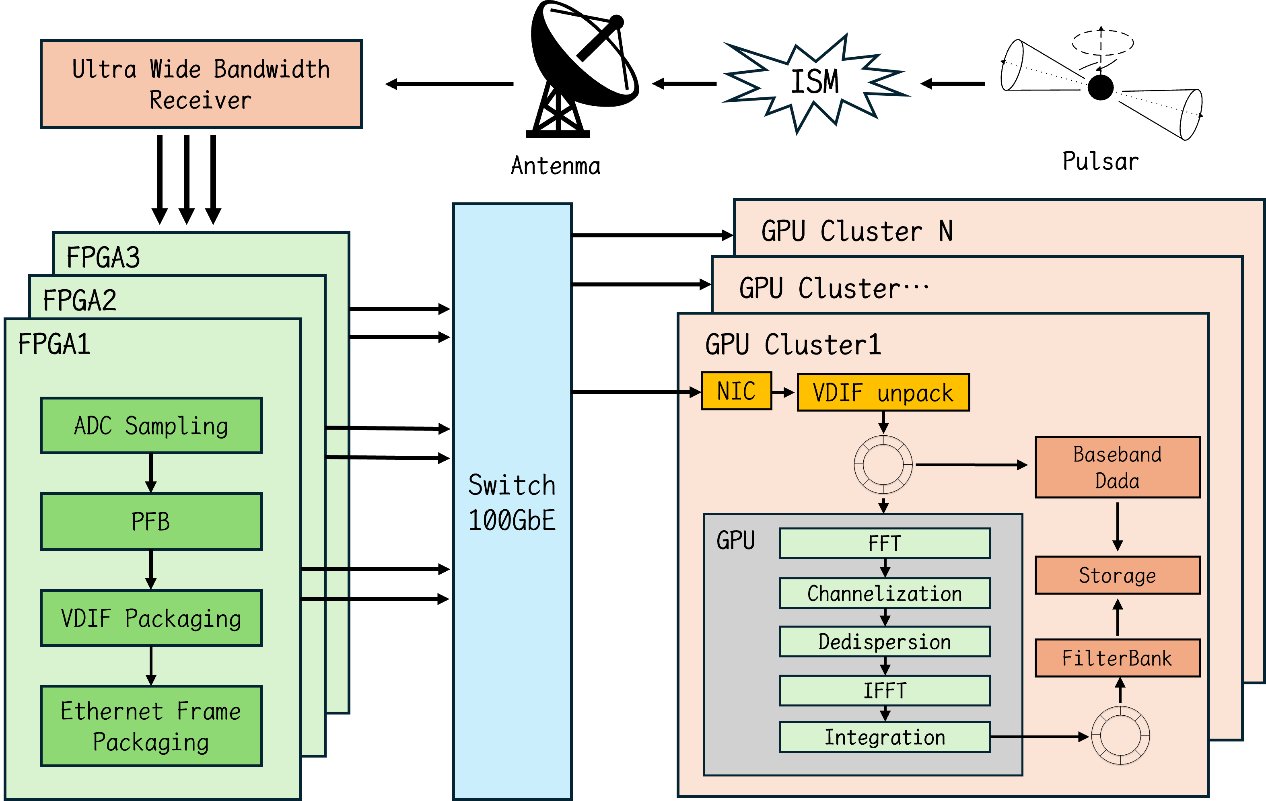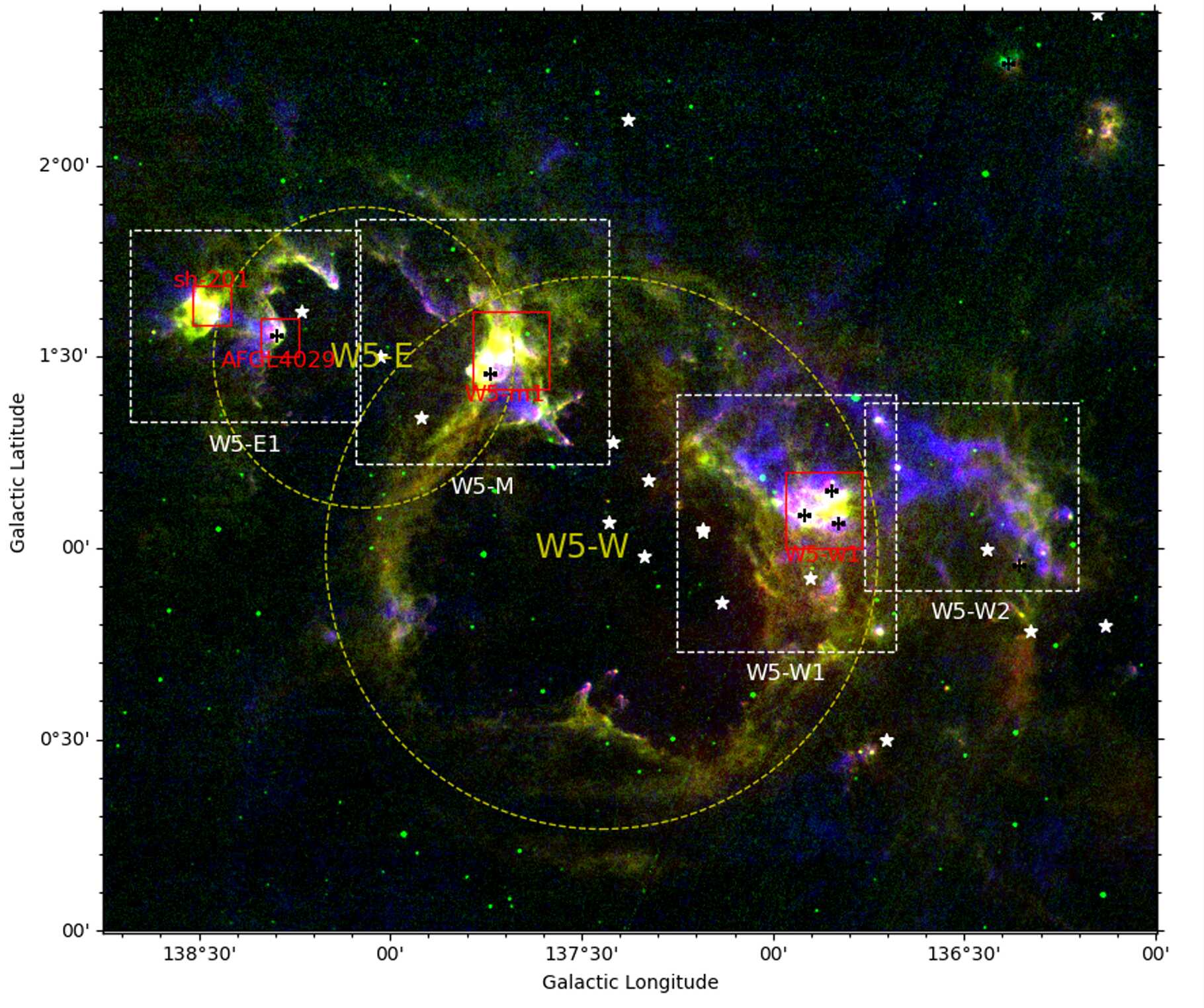Nov 20, 2024
Researchers develop advanced digital backend system for ultra-wide bandwidth low-frequency pulsar observations
To meet the development needs of the ultra-wide bandwidth low-frequency pulsar receiving system for the Qitai Radio Telescope (QTT), Senior Engineer ZHANG Hailong from the Xinjiang Astronomical Observatory (XAO) of the Chinese Academy of...To meet the development needs of the ultra-wide bandwidth low-frequency pulsar receiving system for the Qitai Radio Telescope (QTT), Senior Engineer ZHANG Hailong from the Xinjiang Astronomical Observatory (XAO) of the Chinese Academy of...



